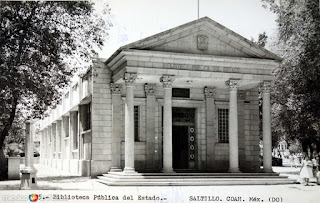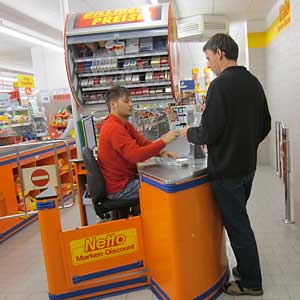In this post, I free associate about first meetings, love, and God knows what else!

Sometimes you have to lie back down on the concrete to see what's up there.
There’s something potentially powerful in a first meeting, So, which is why, if you watch like, um, Pre-K students or Kindergarten students, there's a struggle, a challenge in adapting to others because it's strange. It's not mother’s face; it's not home. It's not the womb. It's not the place where you grew up. It's not, it's not that, you know, and that's why like child psychologists or developmental psychologists will talk about like, um, the experiences of the young child, right before they go to school, where they, where they, um, experienced this back and forth between I'm scared; I'm safe; I'm welcomed. I'm, uh, I'm terrified; I'm. . . I'm taken in; I'm comforted, right? So this, like, gets encapsulated in the childhood game of like peekaboo. I'm here. I'm not there. So presence and absence. Um, and for me, you know, I can tap into some deep psychic stuff, you know, like something, this, I can feel, like a child, when that love object is absent. I mean, it's such a strong visceral feeling, which is why I think first love for a teenager or a young adult can be so powerful and rip you apart. I mean, I can remember just longing for somebody who I was in love with, you know, wanting to be with them. And when I wasn't with them, it just was this physical feeling of absence. Um, so that's real. I mean, that's like kick to the gut emotion. Um, and perhaps you get out into the world — for me, moving from small town Louisiana to Europa to a Benedictine monastery (yes, that happened), to New York and the world again, I'm not sure what happens, but you get used to the pain — of that — of this — world. Offers or you take, or you look for; or, you pine. Are you able, you're able to sort of like sublimate, whatever you lost, what will you able to like, not replace, but you're able to sort of like transmute, whatever you lost into something new. Right? That's what art is. That's what creativity is and all that kind of stuff. Um, but going back to this original idea of like, when the, the potential power in a first meeting, right, the potential power there is, and just meeting someone for the first time, you know, um, uh, it can be such a satisfactory experience, right?
 |
| Photos (Read From Left and Clockwise): Women in Red Dresses in Flushing; Getting off the LIRR in Port Washington; Two Dead Fish; A Fishmonger and His Assistant |



























